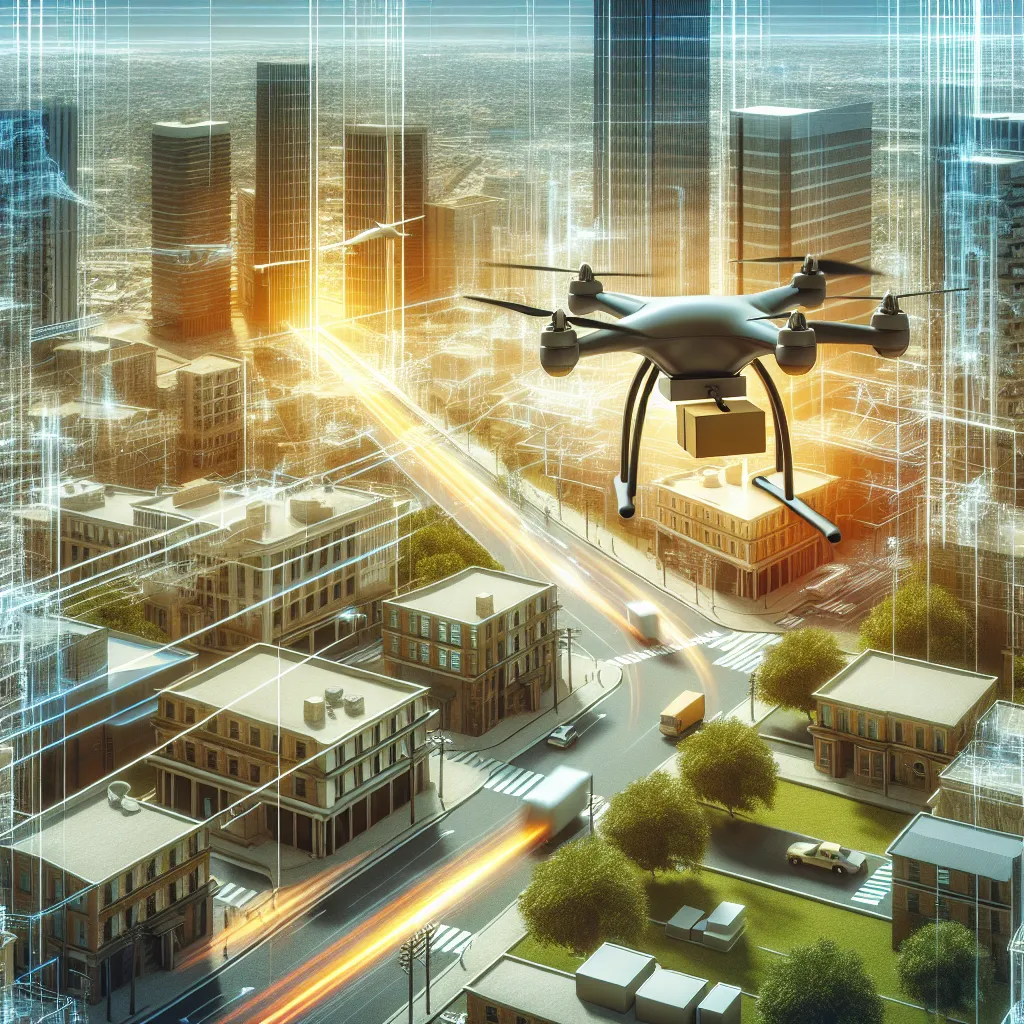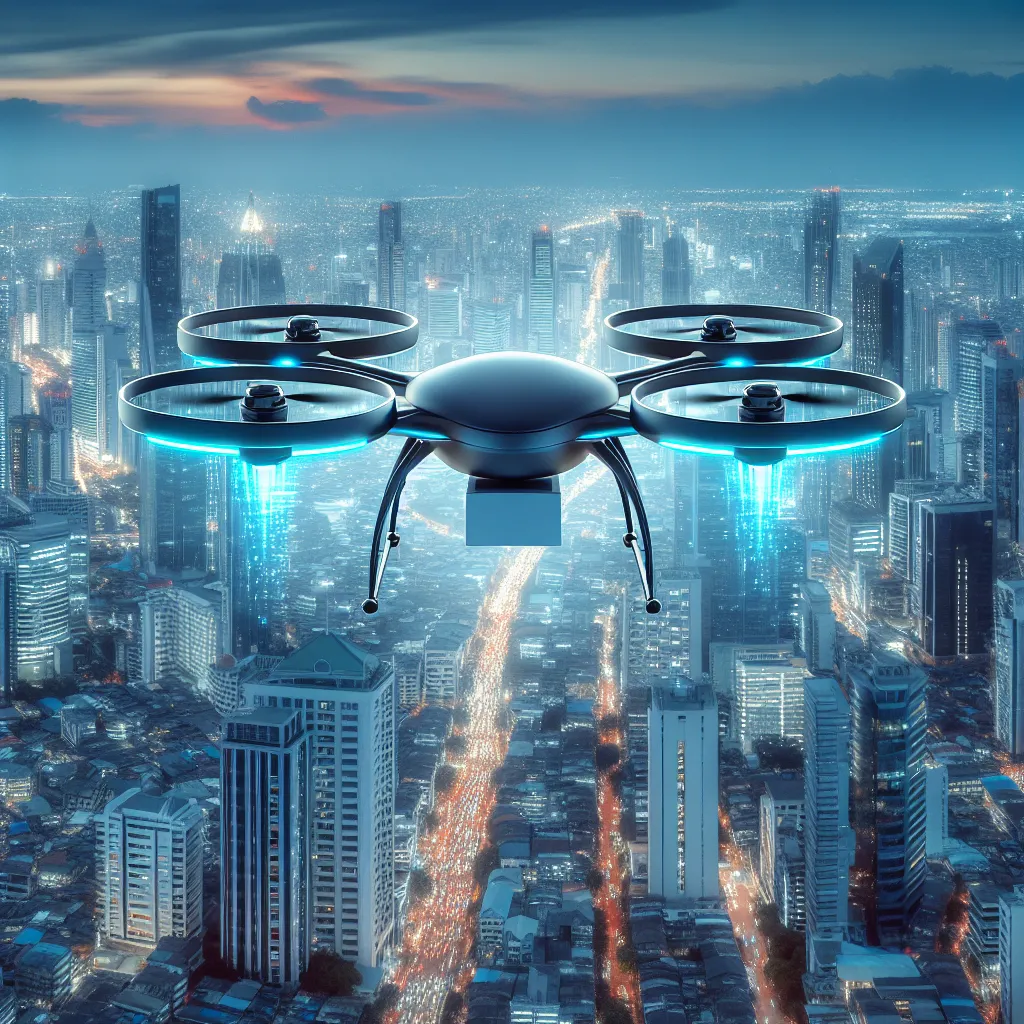Rising Demand for Same-Day Delivery Services
The delivery industry is currently experiencing a significant shift as the demand for same-day delivery services continues to rise. This trend is driven by the increasing expectations of consumers for quick and convenient delivery options. As e-commerce continues to thrive, customers are increasingly looking for efficient shipping solutions that allow them to receive their orders as soon as possible.
This surge in demand presents both challenges and opportunities for businesses operating in the delivery industry. On one hand, companies are faced with the task of meeting the heightened expectations of customers while also managing the complexities of providing same-day delivery services. This includes optimizing logistical operations, ensuring real-time tracking capabilities, and maintaining high standards of service quality.
On the other hand, the rising demand for same-day delivery services opens up new opportunities for businesses to differentiate themselves in the market. By offering fast and reliable delivery options, companies can enhance customer satisfaction, build brand loyalty, and gain a competitive edge. This trend also paves the way for innovative partnerships and technologies that can streamline the delivery process and improve overall efficiency.
In order to capitalize on the growing demand for same-day delivery services, businesses need to adapt to the changing landscape of the delivery industry. This may involve investing in advanced logistics systems, leveraging data analytics for route optimization, and exploring last-mile delivery solutions. Additionally, collaboration with third-party logistics providers and harnessing the potential of automation and artificial intelligence can help companies navigate the complexities of same-day delivery.
In conclusion, the rising demand for same-day delivery services presents both challenges and opportunities for businesses in the delivery industry. By strategically addressing the evolving needs of customers and embracing innovation, companies can position themselves for success in a market that continues to prioritize speed and efficiency.
Innovations in Last-Mile Delivery Technology
The delivery industry faces challenges in meeting the growing demand for quick and efficient last-mile delivery. However, innovative technologies present opportunities to overcome these challenges and improve the delivery process. One of the key areas of focus for innovation in the delivery industry is last-mile delivery technology.
Last-mile delivery technology encompasses a range of innovations aimed at streamlining the final stage of the delivery process, from the distribution center to the customer’s door. One of the most promising developments in this area is the use of autonomous vehicles for delivery. Companies are exploring the use of drones and ground-based autonomous robots to handle short-distance deliveries, reducing delivery times and costs.
Another significant innovation is the use of advanced route optimization software. By harnessing the power of data analytics and machine learning, delivery companies can optimize their delivery routes in real-time, taking into account factors such as traffic, weather, and delivery windows. This not only improves delivery efficiency but also reduces the environmental impact of last-mile delivery by minimizing fuel consumption and emissions.
Additionally, the integration of smart lockers and pickup points into the last-mile delivery network is gaining traction. These secure, unmanned collection points provide customers with greater flexibility and convenience, allowing them to retrieve their packages at a time that suits them. This not only reduces the need for multiple delivery attempts but also helps to address the issue of package theft and missed deliveries.
Furthermore, advancements in tracking and communication technologies enable greater transparency and real-time visibility throughout the delivery process. Customers can receive accurate and timely updates on the status of their deliveries, enhancing their overall delivery experience.
In conclusion, innovations in last-mile delivery technology present significant opportunities for the delivery industry to address the challenges of meeting increasing demand for fast and efficient deliveries. By embracing these technological advancements, delivery companies can improve operational efficiency, enhance customer satisfaction, and reduce the environmental impact of last-mile delivery.
Remember to add HTML tagging:
Labor Shortage and the Future of Delivery Industry
Labor shortage is one of the most pressing challenges in the delivery industry, with far-reaching implications for the future. As the demand for delivery services continues to surge, the industry is grappling with a shortage of skilled workers to meet this demand. This shortage is driven by various factors, including an aging workforce, changing job preferences among younger generations, and the impact of the COVID-19 pandemic on the labor market.
The future of the delivery industry hinges on its ability to address this labor shortage and adapt to the changing dynamics of the workforce. One of the key opportunities in this scenario is the potential for technological innovation to mitigate the impact of labor shortages. Automation and robotics are increasingly being deployed to augment human labor in the delivery process, from warehouse operations to last-mile delivery. Companies are also exploring autonomous delivery vehicles and drones as possible solutions to the shortage of delivery personnel.
Furthermore, the labor shortage has prompted a reevaluation of traditional employment models in the delivery industry. Gig economy platforms have gained prominence as a flexible and agile way to source delivery personnel. These platforms allow workers to capitalize on the gig economy trend and take on delivery assignments based on their availability, providing a potential solution to the labor shortage. However, this also raises concerns about job security, benefits, and the overall quality of employment in the industry.
In conclusion, the labor shortage poses a significant challenge to the delivery industry, but it also presents an opportunity for innovation and adaptation. Technology, the gig economy, and evolving employment models will play a crucial role in shaping the future of the delivery industry in the face of labor shortages.
Remember, it’s important to regularly review the labor landscape and adapt to evolving workforce dynamics in order to stay ahead in the delivery industry.




